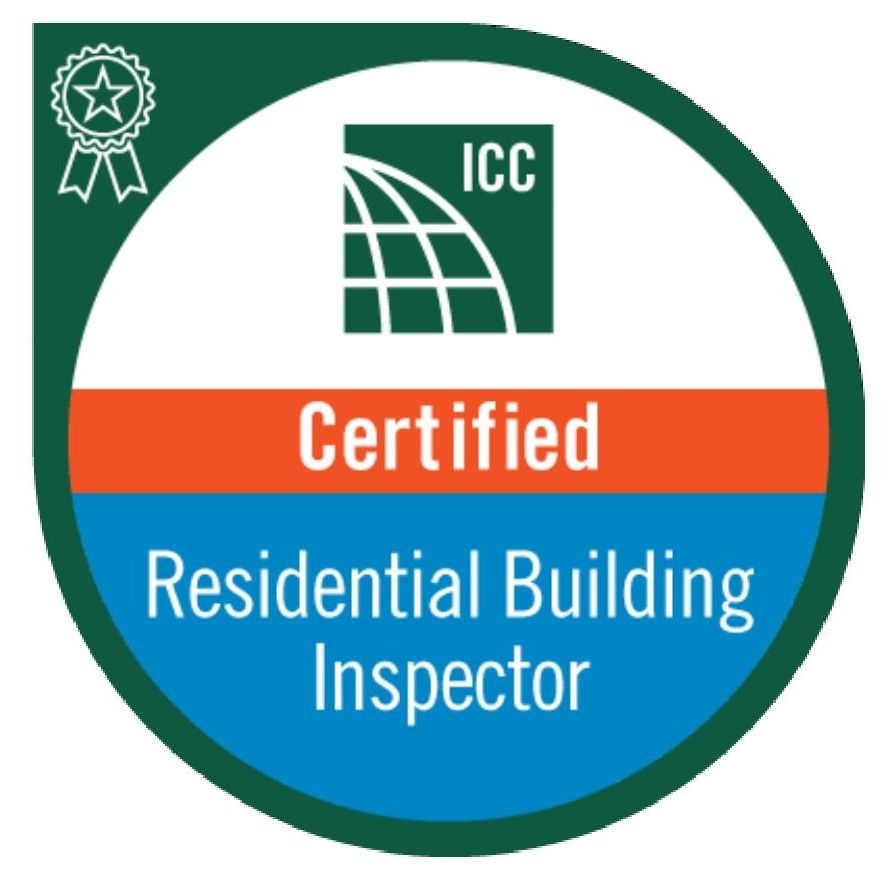The Main Types of Foundation Settlement
Understanding the complexity of your home's foundation is crucial in maintaining the structural integrity of your entire property. A primary concern related to this is foundation settlement, a common occurrence in many homes which potentially leads to severe structural damage if not addressed promptly.
In this blog, we will discuss the main types of foundation settlements and share valuable insights on how to identify them and what preventive or corrective measures to undertake.
Differential Settlement
Differential settlement occurs when the base of a building shifts at different rates in different directions. Tilting happens when the foundation settles unevenly, leading to structural damage such as fractures and collapse. Soil composition, moisture levels, building mass, foundation area, depth, and shape can all play a role in this settlement.
Soil composition changes are a major contributor to differential settlement. Soils of differing composition, especially sand and clay, settle at different paces, resulting in inconsistent foundation movement. The soil's moisture level also has an outsized impact. Soil that is too dry or too wet will settle at a different rate than soil that is adequately moist, contributing further to differential settlement.
The dimensions and depth of the foundation, as well as the building's weight, are other crucial considerations. More settlement can occur if the construction is heavier than necessary or if the foundation is too shallow, especially if the soil is not level. The contours of the foundation itself may also have an impact. More settling will occur in a foundation that is not uniform or has an uneven shape.
Uniform Settlement
Any building that settles evenly all the way along its length is said to have uniform settlement. Multiple factors, including poor safe bearing capacity (SBC), consolidation, and variations in soil moisture content, might contribute to this phenomenon. When there is consistent settling, the entire building sinks vertically and sustains minimal damage. This is the case because the building settles uniformly on all its foundations.
Uniform settlement has little effect on a building's stability. Because the pace of settling is consistent, no severe cracks or damage to the structure will occur. Utilities outside the structure, such as water and sewage lines and electrical wiring, are, nonetheless, affected.
Problems with twisting, cutting, and leaking might occur as the position of these utilities shifts as the building lowers. This can lead to higher repair expenses.
When a building rests on a consistent soil layer up to its foundation, settlement is more likely to be uniform. It is also more probable to occur when the stresses on the structure and the specifications of its framework are uniform throughout. Uniform settlement may cause problems with the integrity of the building, but it is usually not a severe structural worry.
Tipping Settlement (Tilt)
When some parts of a building sink more than others, this is known as a tipping settlement. It is often produced by repeated settlement of the foundations, where a portion remains firm while the opposite end settles. Tilting to one side due to this phenomenon might cause serious damage or collapse if not corrected.
Tipping settlement most often occurs when various parts of the foundation settle to varying degrees. This is possible when there are shifts in the soil's composition or water content, weakening the base. The resulting distortion and tensile strains can weaken the structure and even cause it to fail.
Curvature settlement is another contributor to tipped settlement. This happens when the different parts of a structure shift at different rates, producing a curving line between the extremities. Long-term, this can cause structural damage, especially in materials like concrete and asphalt that can not handle the added stress of a curved surface.
Tip settling may not immediately produce fractures in the structure, but over time it might cause the entire building to collapse. Engineers and contractors need to keep a close eye out for indicators of tipping settlement and correct the problem before it worsens and becomes a major, expensive issue.
Speak with the experts at Risen Foundation Solutions if you notice any signs of foundation settlement. We are experts in all things foundations and can complete the necessary repairs where needed.
Contact us today to learn more or to schedule a service.
For a local San Antonio Foundation Company, look no further than Risen Foundation Solutions. Call our office to schedule your foundation inspection today!

















